Audience Studio ONE Speaker HiFi Cable – Low Mass, Significant Impact
Audience Studio One is a $2899 USD pair of speaker cables, priced this for the length I needed which is 4 meters. The price for a short, 1.5 meters is $1899 USD. The version we will review today comes with BFA connectors on both ends, but you can configure the cables with a shorter length too, and this will heavily reduce the price, or with different connectors, which shouldn’t change the price for the Studio One Cables. Today we will take a deep dive in the sonic world created by the Studio One Speaker Cables and explore how they combine with both ClairAudient 1+1 V5 Speakers, but also with Pylon Audio Diamond 30 mkii speakers, and NHT C3. To complement the scope of today’s review, we will also compare the Studio One cables with Ricable Invictus Speaker Reference cables (1518 USD).
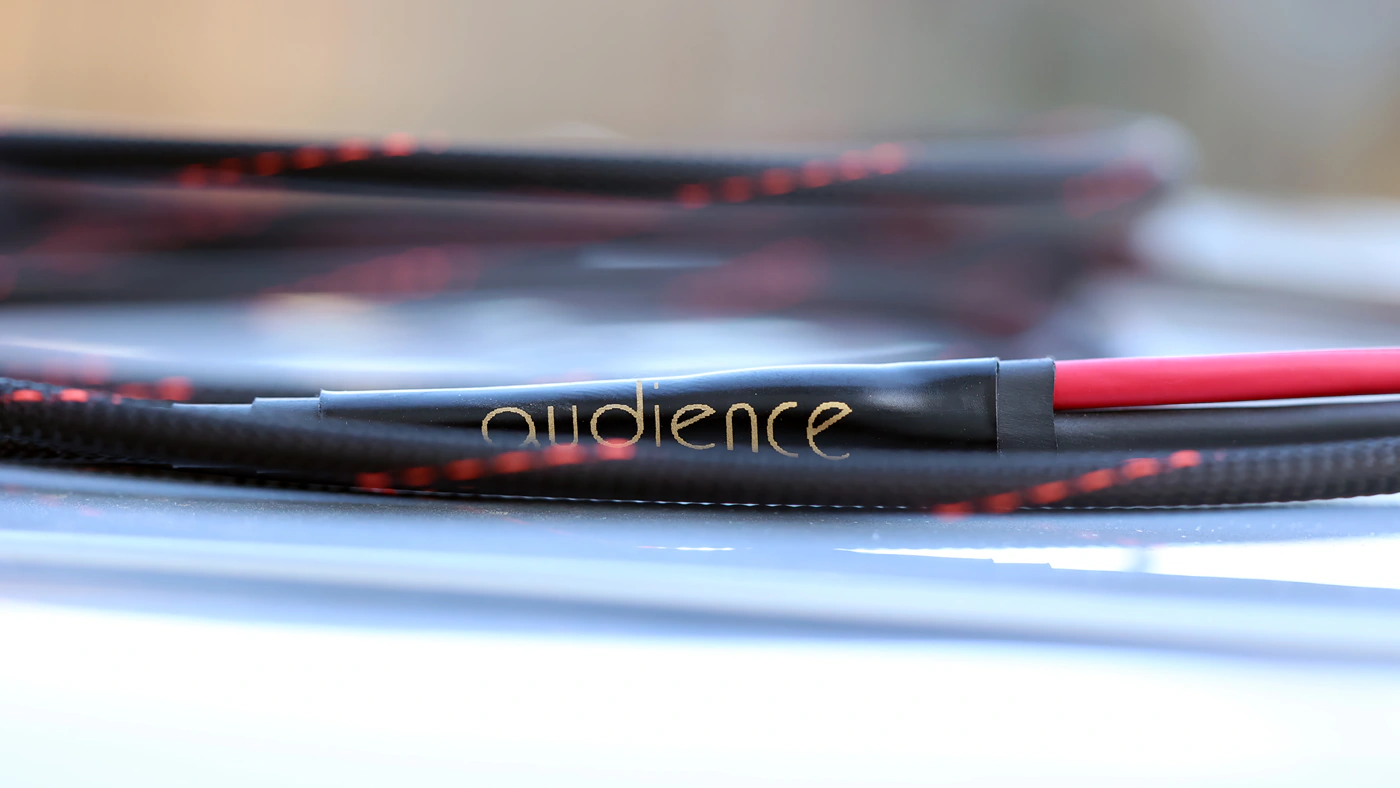
Introduction
Audience is a professional company from the USA creating studio equipment, having a complex design process and creating some of the best quality speakers, as well as power conditioners, cables, and other essential accessories for any high-end studio. Most products designed by Audience are carried by local studio / music production shops, or by HiFi shops, giving you the option to easily test and explore a product before committing to a purchase. As an Amazon Influencer, I earn from qualifying purchases, and using the purchase links in my reviews helps me maintain this website and Youtube Channel. Hue thanks to Audience for providing the sample for this review, in exchange for my honest opinion.
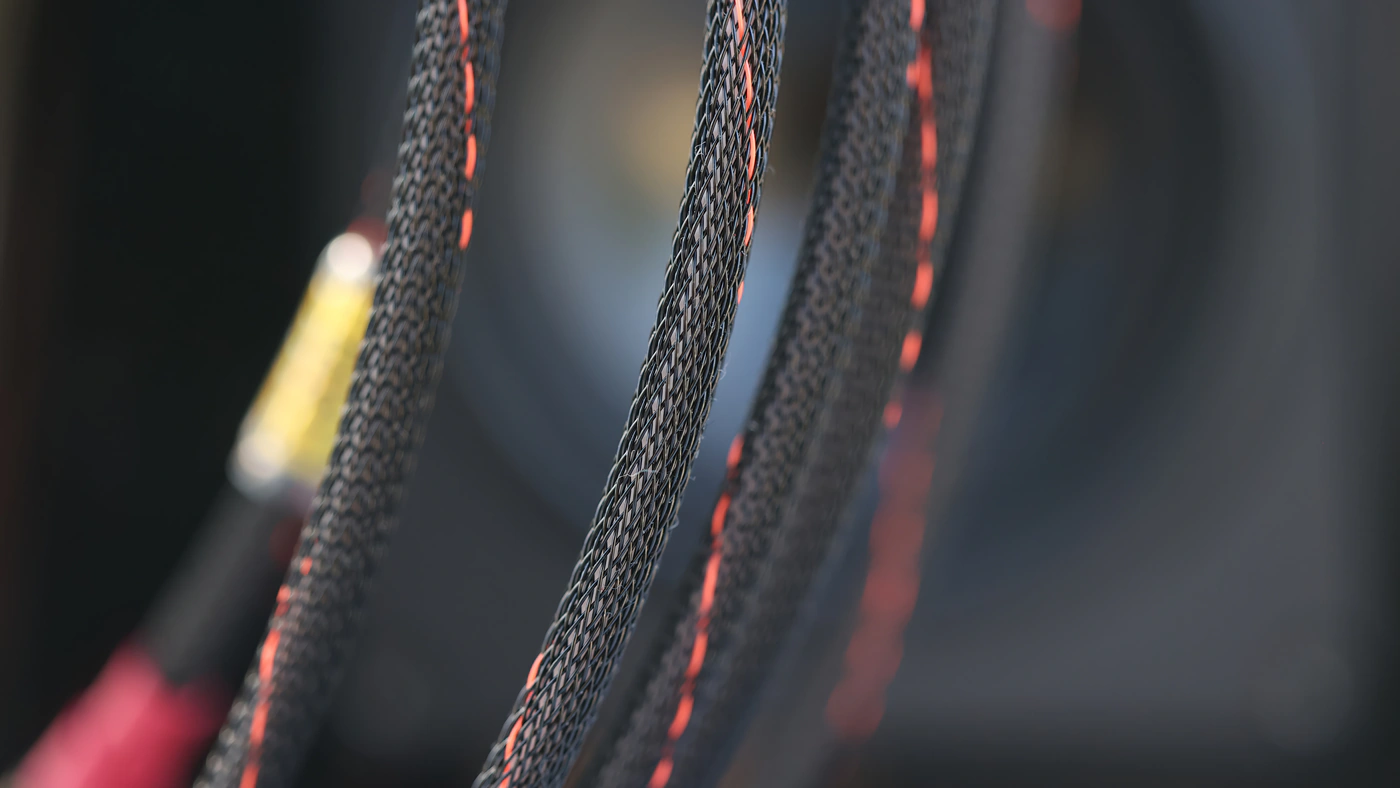
PROs – Low Mass makes the Studio One really easy to implement in a system, sounds really dynamic, transparent and with very little coloration. Build quality is very good, and it is an especially high-performance cable that I love to bits. Wide soundstage and a strong emphasis for both male and female voices in equal measure, basically the perfect transparent cable to enjoy all music.
Cons – It is pricey if you need a custom length.
Product Link
Official Link – https://audience-av.com/cables/studio-one/
Build Quality / Aesthetics
Studio One replaces the Au24 SE cable, which we have not had the chance to review yet, but the wires inside of the Studio One will have a similar geometry when compared to the AU24 SE. There is a significant improvement to be found with Studio One, including an improved XLPE dielectric, and treatment with proprietary EHVP (extreme high voltage process). I just now found that there is a headphone cable version of Studio One, and I will do my best to review it too, as the speaker cable has convinced me why Audience is one of the most widely used cable companies in high-end studios all across the globe.
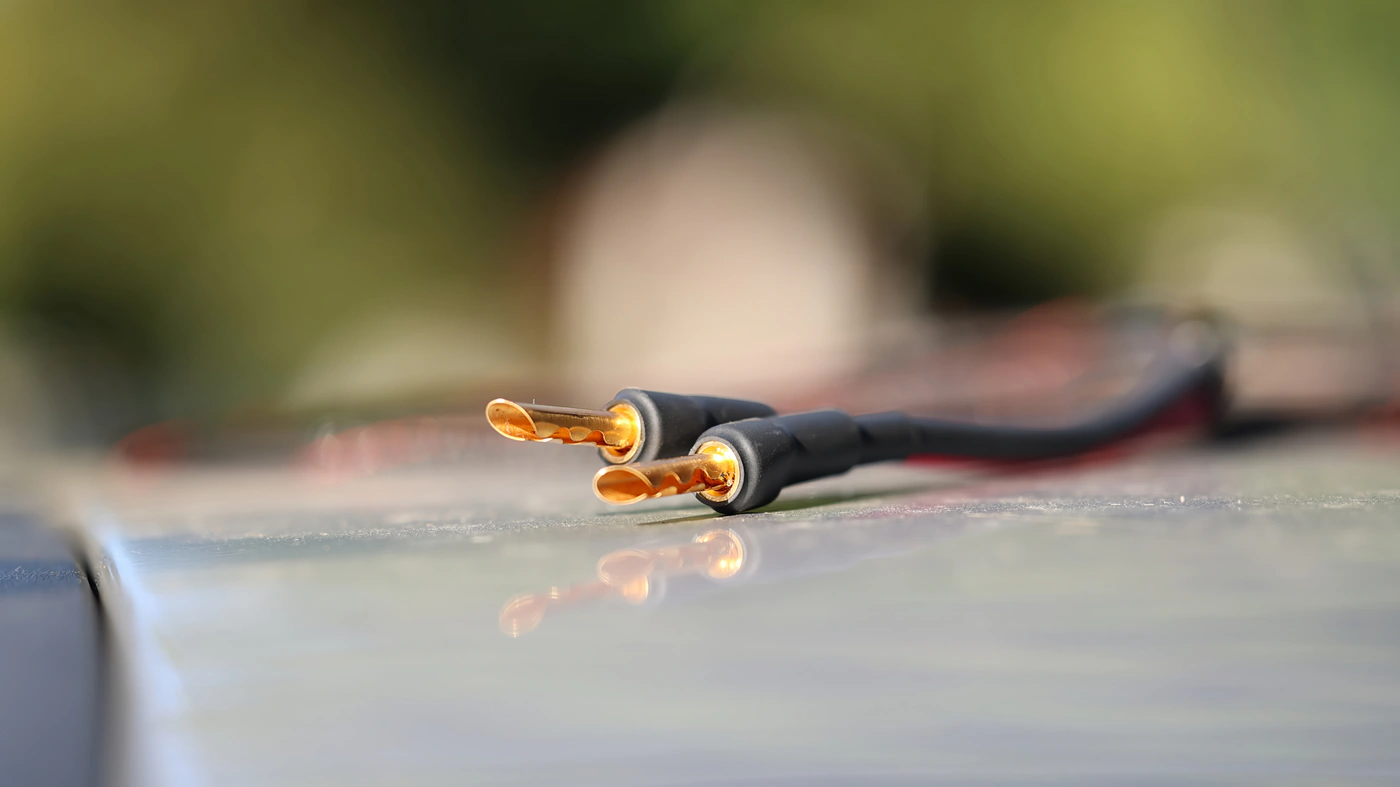
Although this is also not quite that useful for our readers, it seems that Studio 1 has a lot more in common with the flagship frontRow cables designed by Audience in terms of sheer neutrality, dynamics and soundstage, as well as natural flow of music that audience is known for. The material Studio 1 is made of is OFC High Purity Oxygen Free Copper. The process through which Studio One becomes the cable in your hands involves a proprietary process that drives high voltages through the cables, more than 800.000 volts, to complete the burn-in job in ways that would not be achievable for the end user. Studio one is also cryogenically treated for the best sonic results.
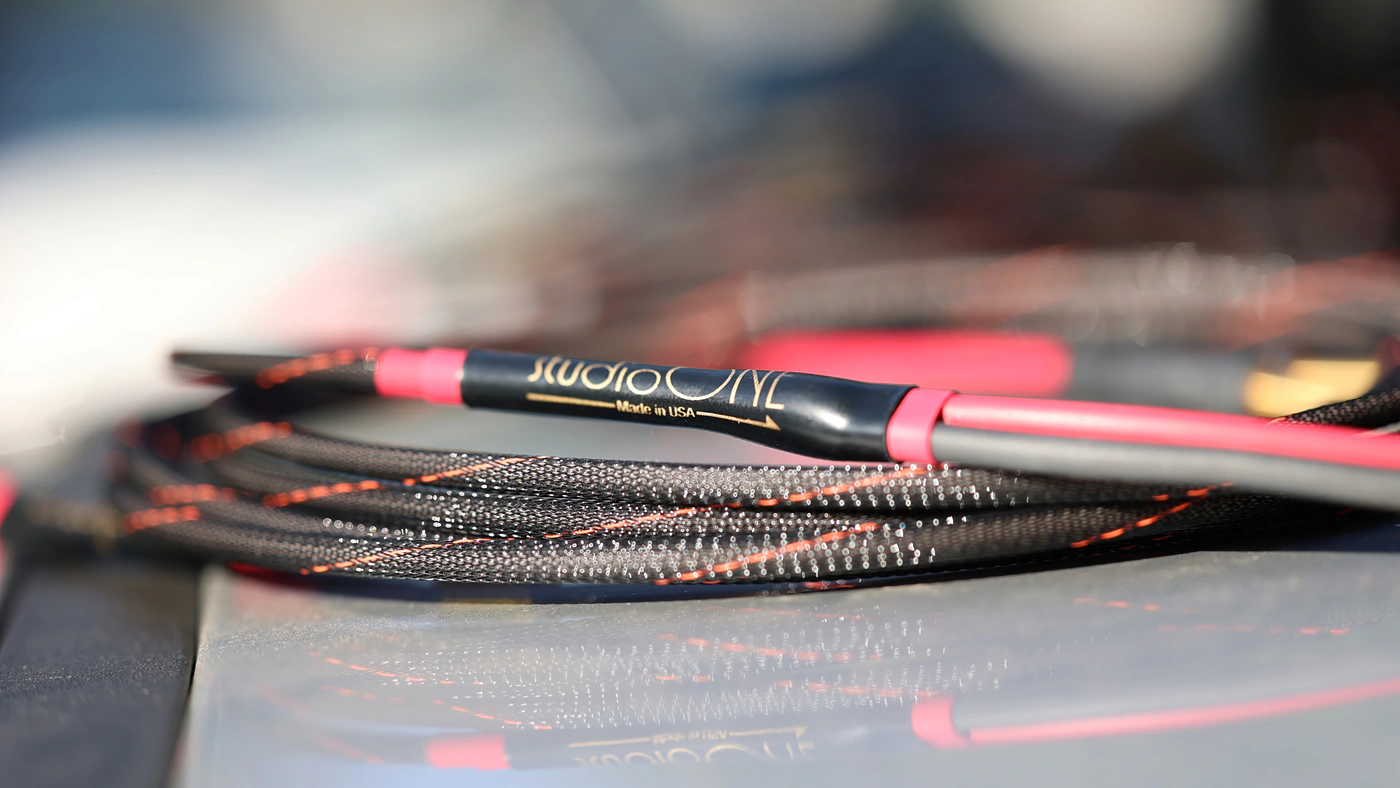
Something we can compare to other cables we have reviewed in the past is the mass, as audience has a low mass design, totally opposite from the high mass used by Ricable, and most companies out there. The idea is that audience avoids using high jacketing materials and heavy connectors as mass tends to absorb energy and can dull the sound. The end result is one of the thinner and more flexible, easier to use and thread through the room cables I’ve seen so far.
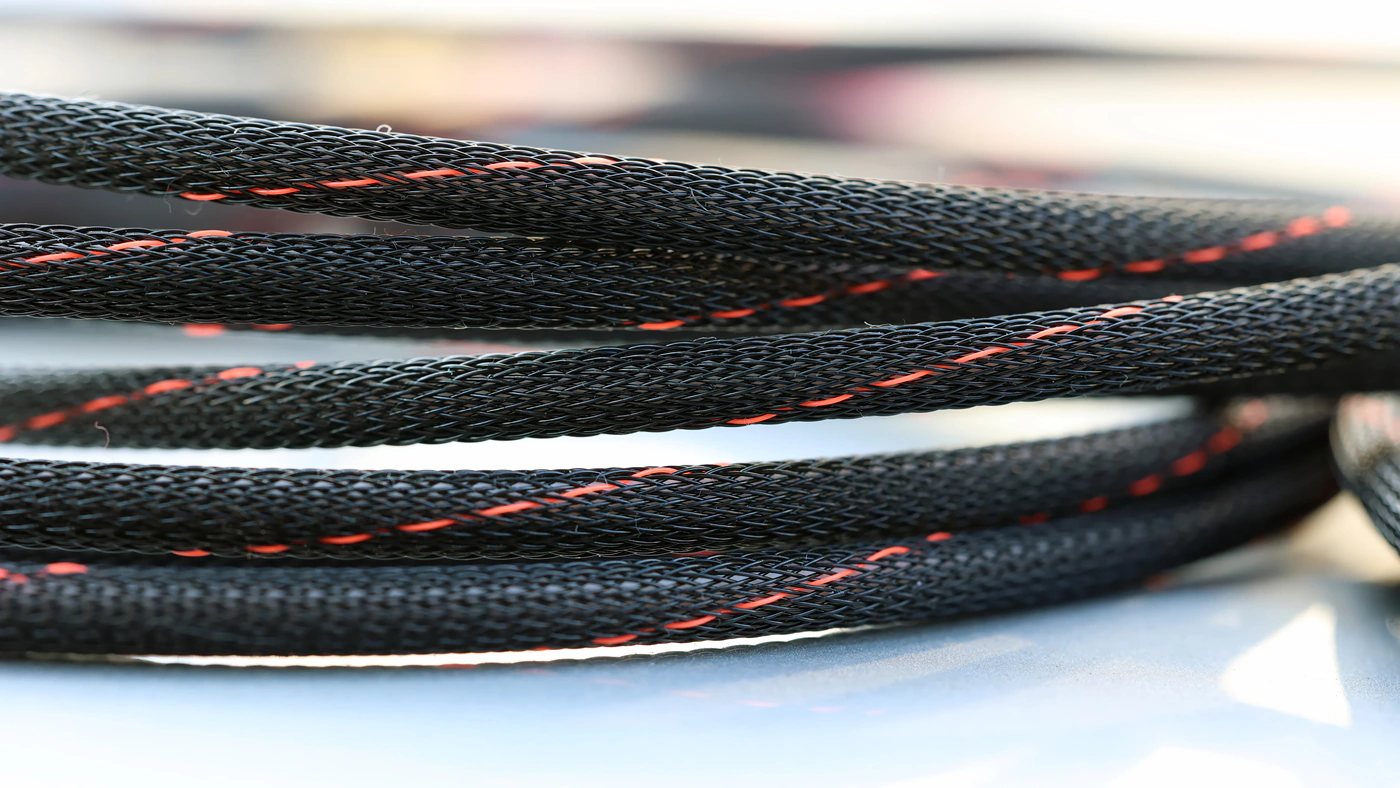
Like all Audience cables, Studio One is directional, and it is made for music to flow from one end to the other, with the company fully recommending you to respect this directionality for the best results. We will test whether this has any impact on sound down below.
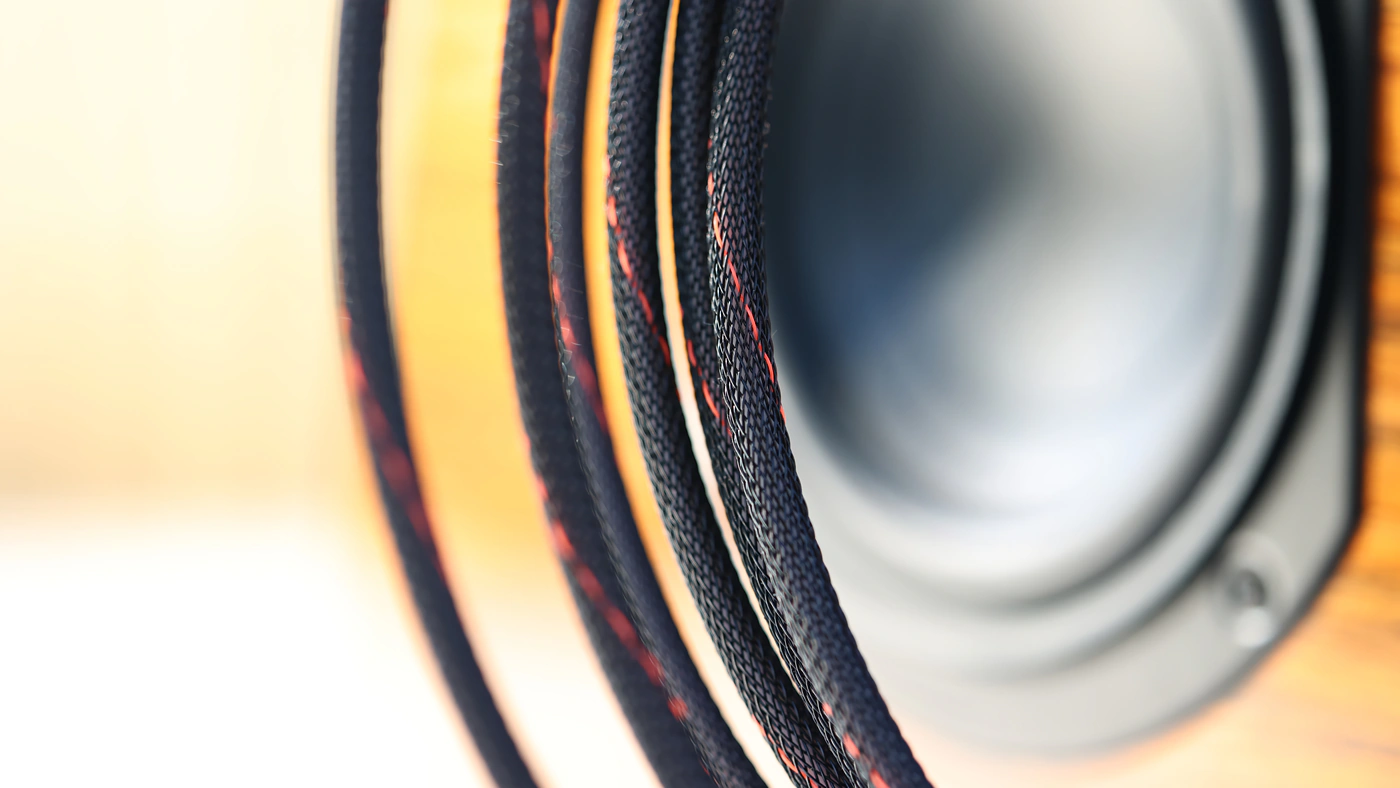
As when exploring most cable reviews, we have to add that this is a hobby that’s controversial, as there are sides that do not believe in how cables can make a difference, but for this I have to argue with an opinion of a reviewer much bigger than me, working in the PC Tech industry – Gamer Nexus – Who also noticed that measuring audio parts is incredibly hard, and when reviewing fans for computer cases, and computer cases in general, the microphone would actually not be able to pick up very obvious differences in the noise levels and frequencies produced by fans in cases, which were audible for human ears. Good to keep in mind, the human ear is a much finer and more sensitive instrument than the technical microphones we have developed and unless you could invest in testing and measuring audio products in a high-quality anechoic chamber, even high-end headphones and entry-level ones can measure similarly in the frequency response, yet sound worlds apart when listened with a human ear. The problem is that we simply cannot measure, either from lack of knowledge of measurement accuracy, so continuing reading implies understanding the limitations of measurement and that I personally will rely on the ears to listen instead of technical measurement equipment, as I do not own equipment sensitive enough to detect the differences between high-end equipment.
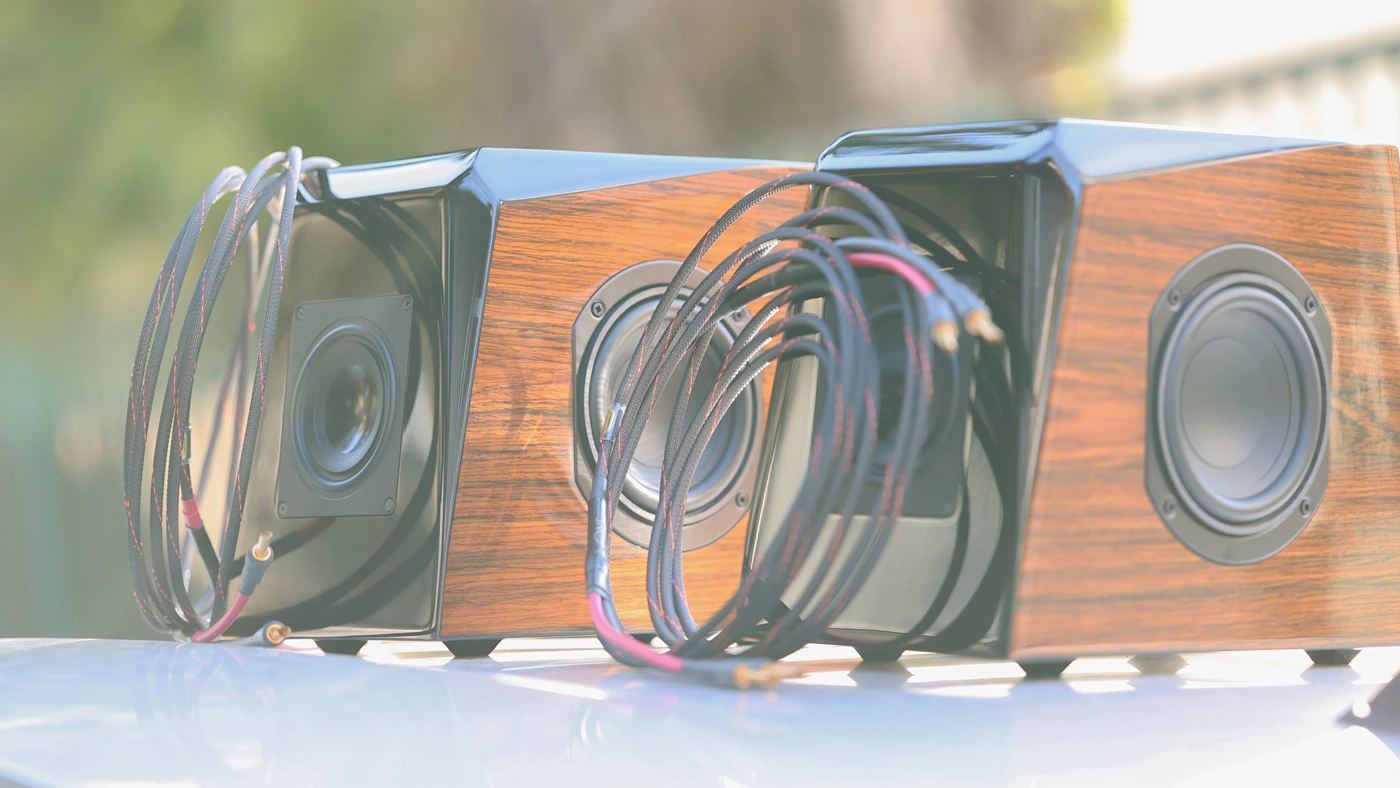
As I am fairly sure high-end tech producers have access to equipment that could measure this, I promise to make a video in the future with how an audiophile headphone / IEM / Cable factory works and how they measure the results before putting a product on the market, so make sure to support us until we can make this content happen.
Subjective Usage / Comfort
Although this is the first cable I am reviewing from Audience, I hope it is the first out of many, because I am absolutely in love with everything design-wise. Studio One is among the thinnest, most flexible cables I happen to have, with no filtering or anything added that could colour or change the sound, instead focusing on being the most effective and treated cable product that can produce sound. To be honest, ever since I have received the cable from the courier, it became me number one cable for all speakers, as it makes replacing, switching, ABX testing, and everything in between so easy, compared to all the other cables that I have (and the collection is now quite large).
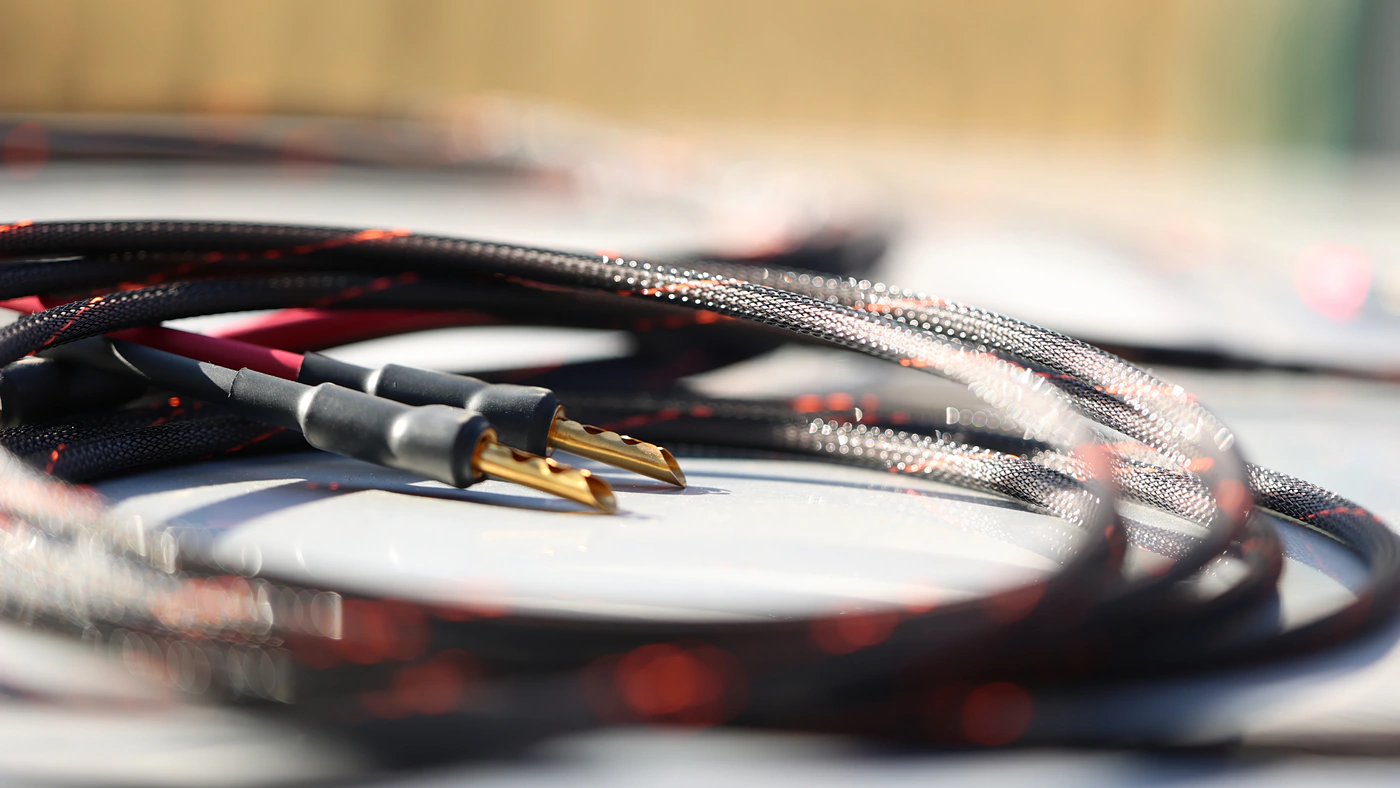
From extended experience reviewing audio systems, and prior to purchasing anything I could afford audio related, I discovered that cables are important in an audio system, to the same extent the quality of the SSD is in a computer, or the quality of the router is for gaming. You can easily get away with using something entry-level for sure, but when you want to get the best, cables are important links in the audio system. I had the chance to hear a cheapo copper cable dull the performance of high-end speakers, and a good one revealing the ability of the same system (when I went from a very basic Amazon Copper Cable, which does have a thick AWG, namely KabelDirekt Speaker Cable, which is a 2 x 6 mm2 then upgraded to Ricable Invictus Speaker Reference).
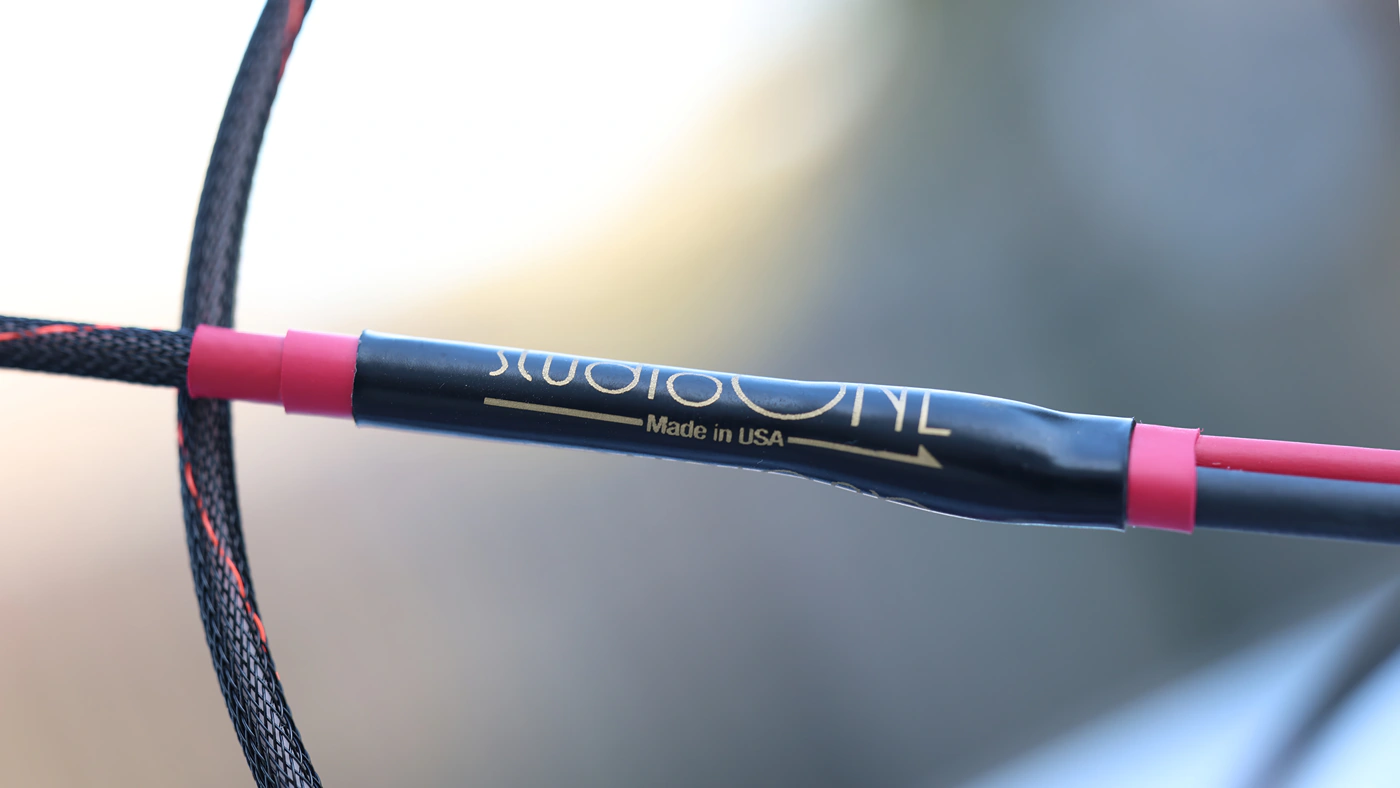
Audience went for the theory that thinner and simpler is always better. This is due to eddy current resistance, and it threw me into a deep rabbit hole of reading about whether mass affects sound quality. You can read more about the Waltenhofen’s pendulum, or Skin effect, but basically, most of the current can be found only skin deep, or at the surface of the conductor when talking about AC. The thing that pains me the most about cables and conductors is both how complex designing one actually is, and yet how loud voices can scream that all conductors are the same, when literally all appliances change both the conductors used and their shape, geometry and basic design based on what the best conductor is for each application. I will most likely not become a cable maker, but the engineer in me yearns to discover more and make a better technical article about the subject.
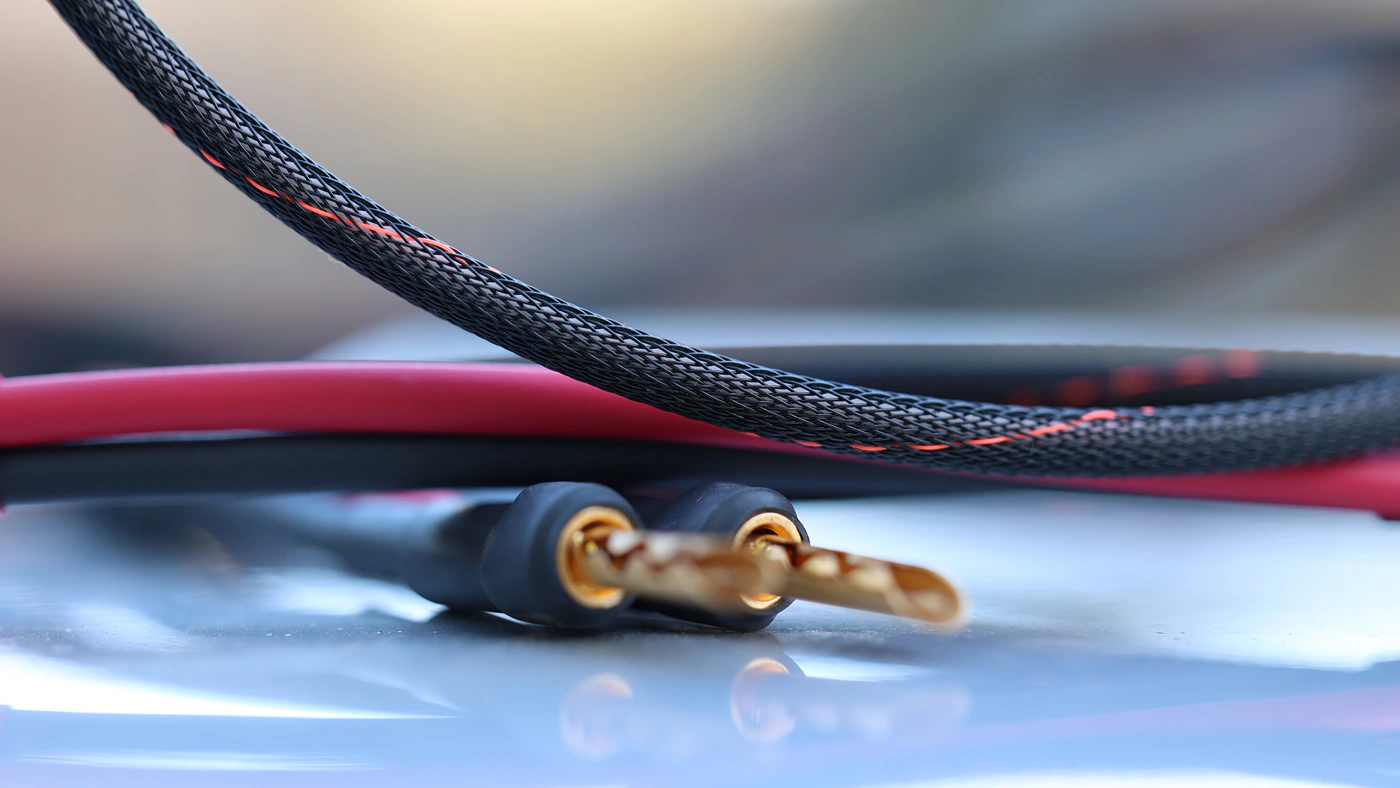
And here comes one of the more interesting things about cables and how they affect sound, based on my long-term tests of multiple cables from multiple brands. For audio signals, the reason why each company uses a different conductor size, material, and yet they all work, is that all conductors can theoretically work. The amount of current is not high enough, nor is the voltage high enough, nor is the resistance of all conductors used in Audio (copper, silver and gold) high enough for them to cause the signal for the devices to stop working. So all cables will be within working parameters, but the changes are audible, and each one of those approaches changes the sound in a different way.
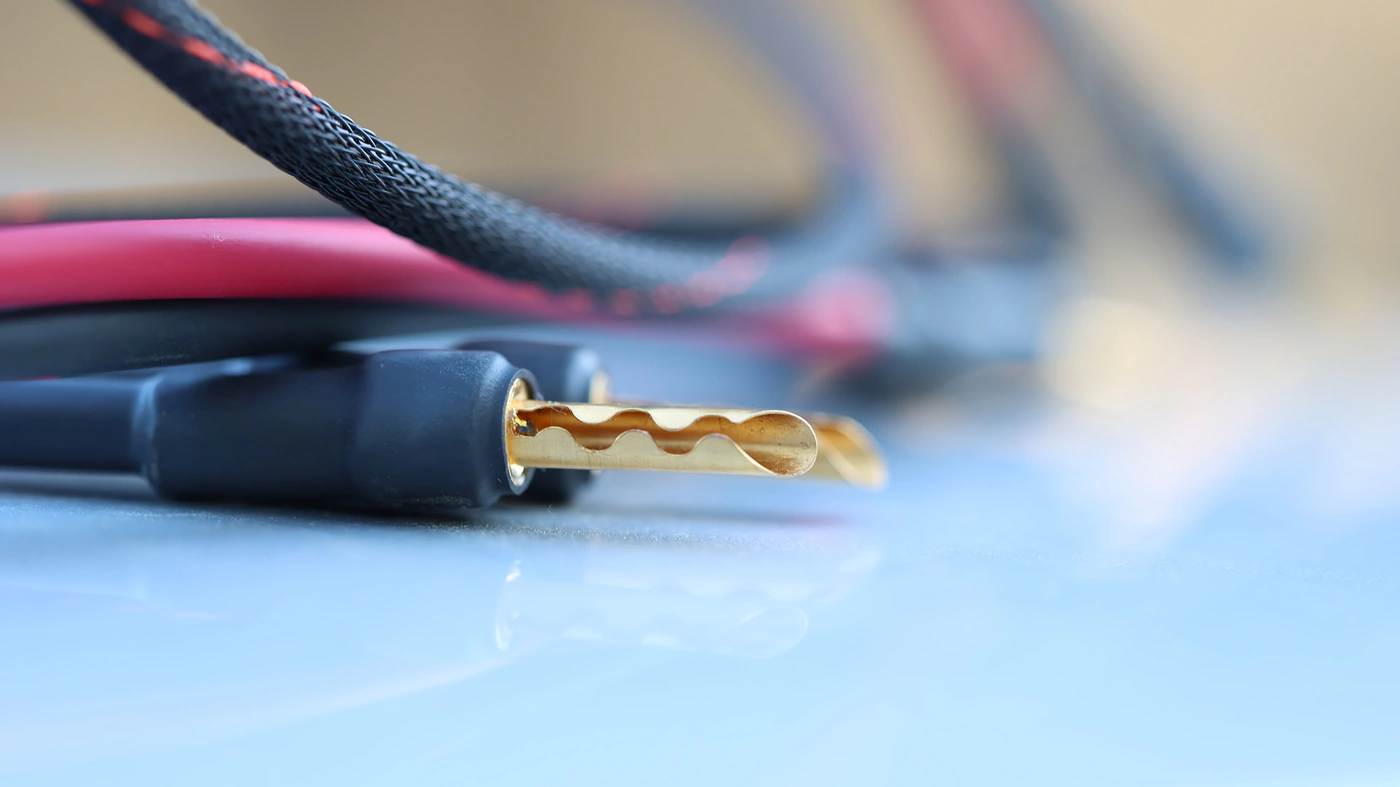
A question I’ve seen professionally answered by Audience is on bi-wiring, as it is quite clear that it is better to use a single wire with high-quality jumpers than purchasing two cables. Also, interesting to study, but a stranded wire with smaller diameter is better than solid core wires, as solid core is not bendy bendy and will break when flexed too much. Although those tears can heal, the new crystal boundaries will act like scars to in human skin and change the conductor slightly, degrading it over time. As smaller diameter strands do not have the same limitations as larger solid cores due to skin effect, smaller stranded wires will have better sonic performance at higher frequencies. This actually makes a lot of sense on how some thicker cables can sound smoother and less energetic in high frequencies as I suspect that other companies intentionally use a bit of this eddie current forming behavior to cancel some of the higher frequency energy, while audience went for the approach of using the cables where the skin effect and eddie currents would have the least impact in the audible spectrum. Those physical effects will happen either way, but the diameter of the conductor can create much smaller eddie currents, so the frequency at which they happen will be beyond the limits of human hearing, or even higher in those thinner cables from the audience.
Sound Quality
Pairings – I have used multiple amplifiers during my time with Audience Studio One, including PowerDAC-SX from ECdesigns, and Keces S300+, but also more affordable options including Topping B100 MonoBlocks, and Fosi Audio ZA3 running as mono blocks. The list of speakers I have used for this test includes Pylon Audio Diamond 30 mkii, Audience 1+1 V5 and NHT C3. I found the cable to behave consistently with all speakers, it always carries the same character, the same signature, although it does not work quite as well for all speakers. For example, it pairs really well with Pylon Audio Diamond 30 mkii, but with a speaker like KLH Model Five, which is already quite bright, the combo will be brighter and airy, but have less bass than if using a cable that colors the sound with less treble and more low-end.
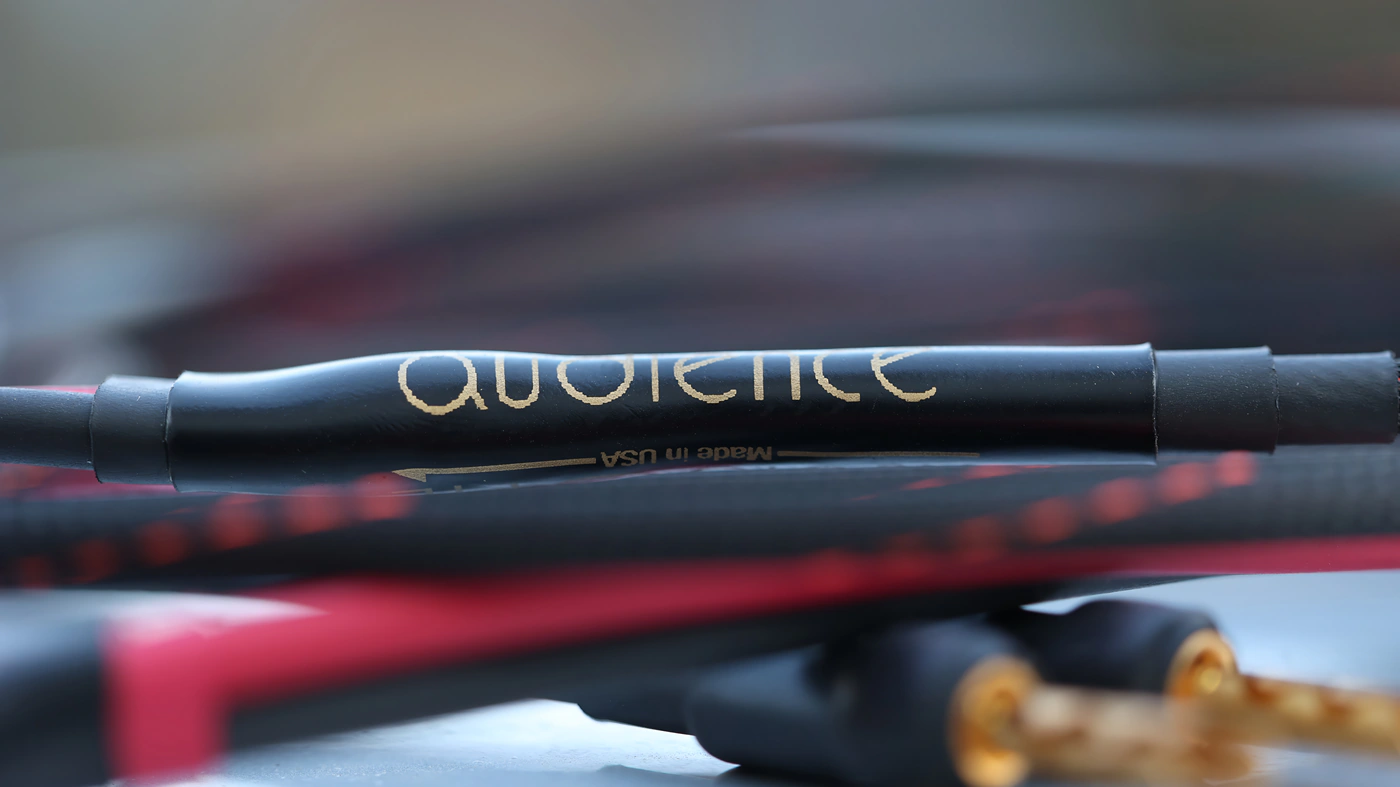
Overall Signature – As fun as this entire piece was to write so far, it would all be moot to read it all if we found that the audience Studio One cables did nothing to sound, and I actually found those cables to change the sound so drastically that I am content with how much I read and wrote to make this review. Studio One is a cable that sounds dynamic, and I didn’t even read the entire marketing / description for those cables, all sonic notes are taken beforehand, and re-compiled while listening. Studio One is the most dynamic, most transparent and most cohesive sounding cable I have heard to date, and while it is also the priciest, it is literally the most transparent one too. This means zero coloration, zero smoothness added or bass increased or treble increased. Studio One is the kind of cable I see used by high-end music makers, and the reason is that it reveals everything, it renders music beautifully, but doesn’t change the signature one bit, it allows music to flow freely and gives sound the space, width and quality you deserve to hear. Not only am I not a big cable believer, I went to great lengths to apply ABX testing, including placing both Audience 1+1 V5 Speakers and Pylon Diamond 30 mkii to the sides and changing cables with the help of my wifey to complete this review and impressions. Studio One has a very obvious sound that’s easy to pick up from a collection of other cables, one of the more unique characters for transparency and clarity.
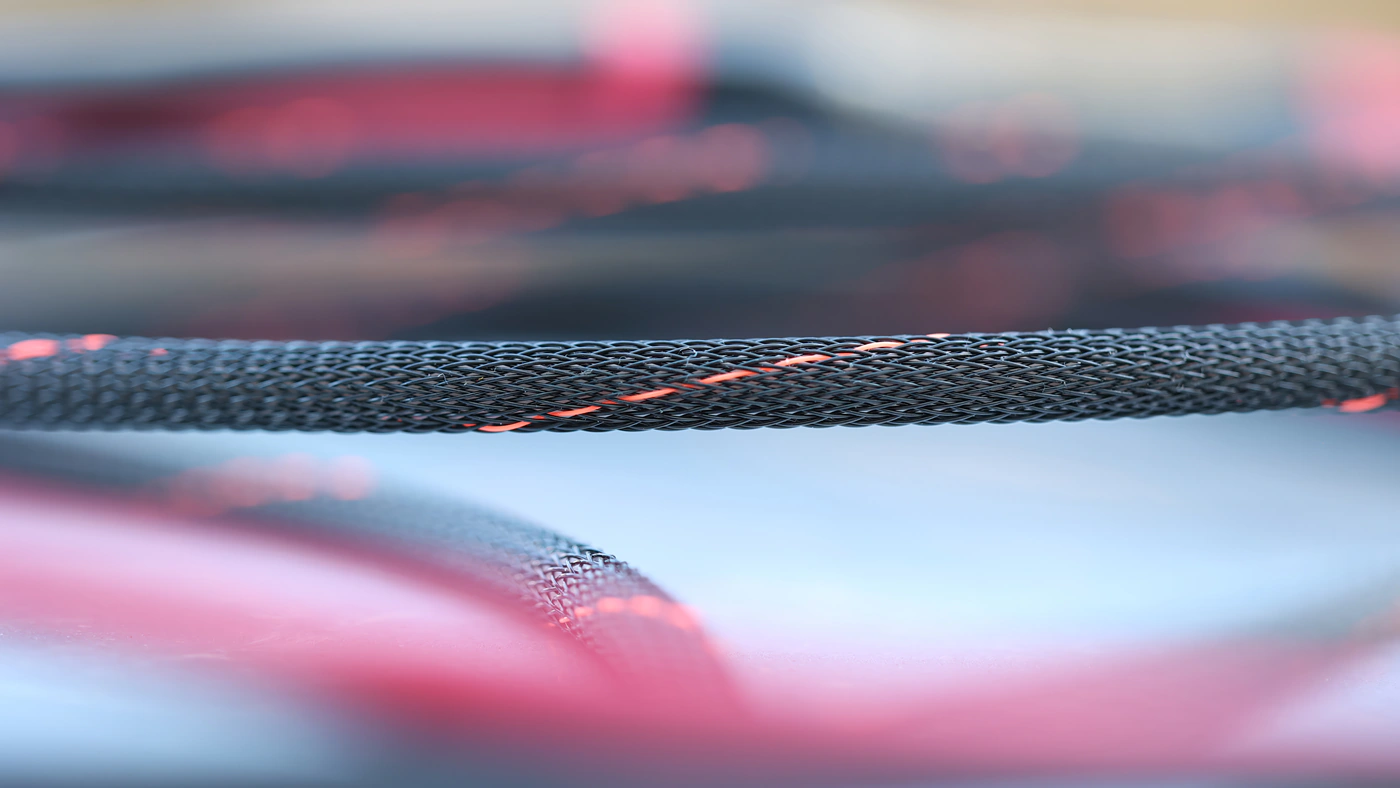
Bass – While I make it feel as if the Studio One Cable will have a shallow or lacking bass, it has plenty, and colorful bass, with an excellent impact and depth, along with a quick speed and outstanding resolution in the lows. I found that what most cables do is that they lower the treble and high-end extension / energy, so when they present a deeper bass, they quiet the rest, but the bass of the Studio One is fast, defined and rounded, I am noticing a fluid and free, boundless sound coming from Diamond 30 mkii, the bass is beautiful, full, and deep, with a heavy rumble and thick presence in the sub-lows.
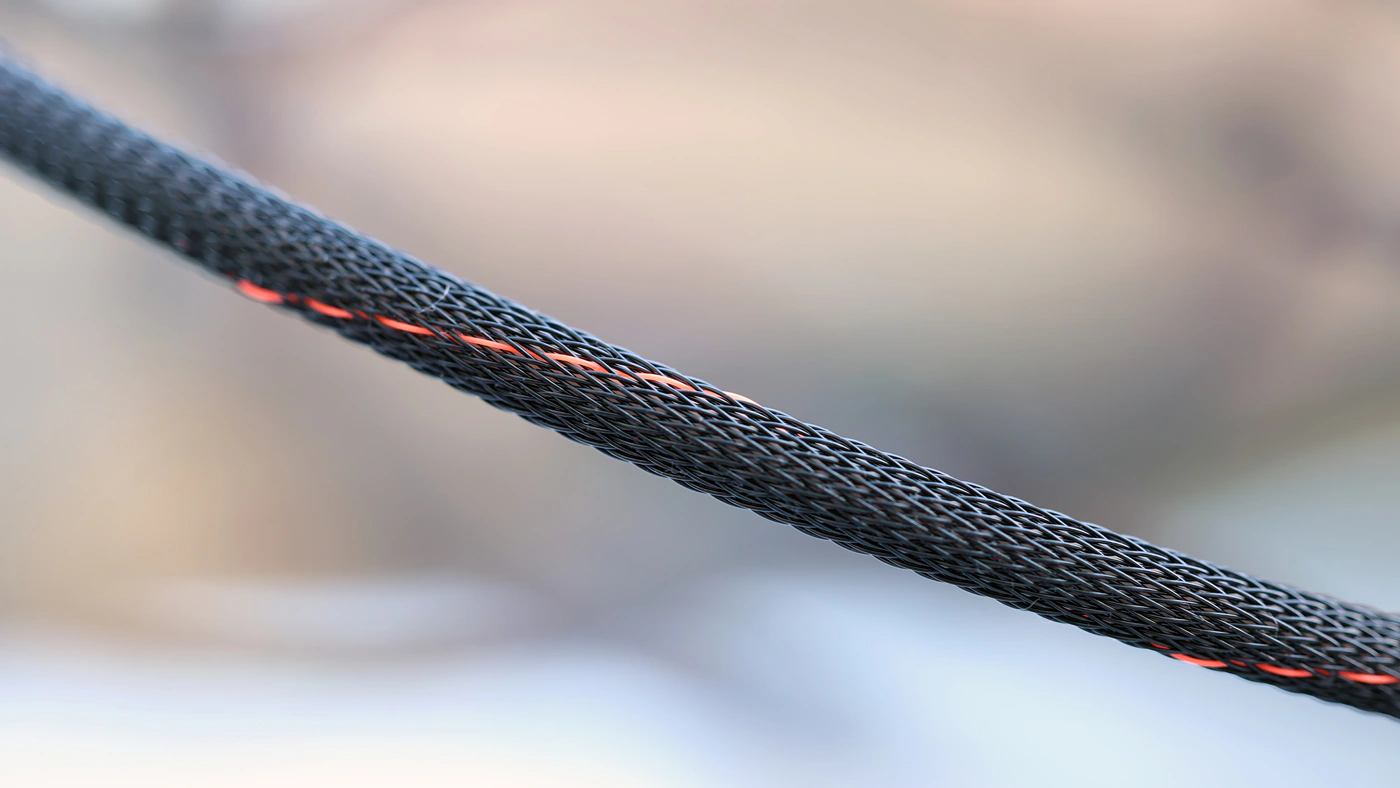
Midrange – There’s a really beautiful voice in every song, and Studio One emphasizes both male and female voices, being quite literally the most dynamic, most transparent sounding cable out there. There is more emphasis on the upper midrange, and more energy in the higher end than with most cables, but we’re talking about a few decibels of difference, so what you will notice the most is how nicely detailed everything is without adding grain, sounding boundless, rich and with the sound flowing freely. I am delighted to listen to both audiophile music, like jazz and older rock, but also to modern music that is dynamically compressed, including pop, J-Rock, rap, Metal and even EDM. Studio One does not emphasize a single music style, it works really well with everything under the sun, present male voices with a warm and serious tone, and female voices with sweetness, emotion and when requested, a bit of bratty energy – for songs like J-Pop sounding delightful, happy and uplifting.
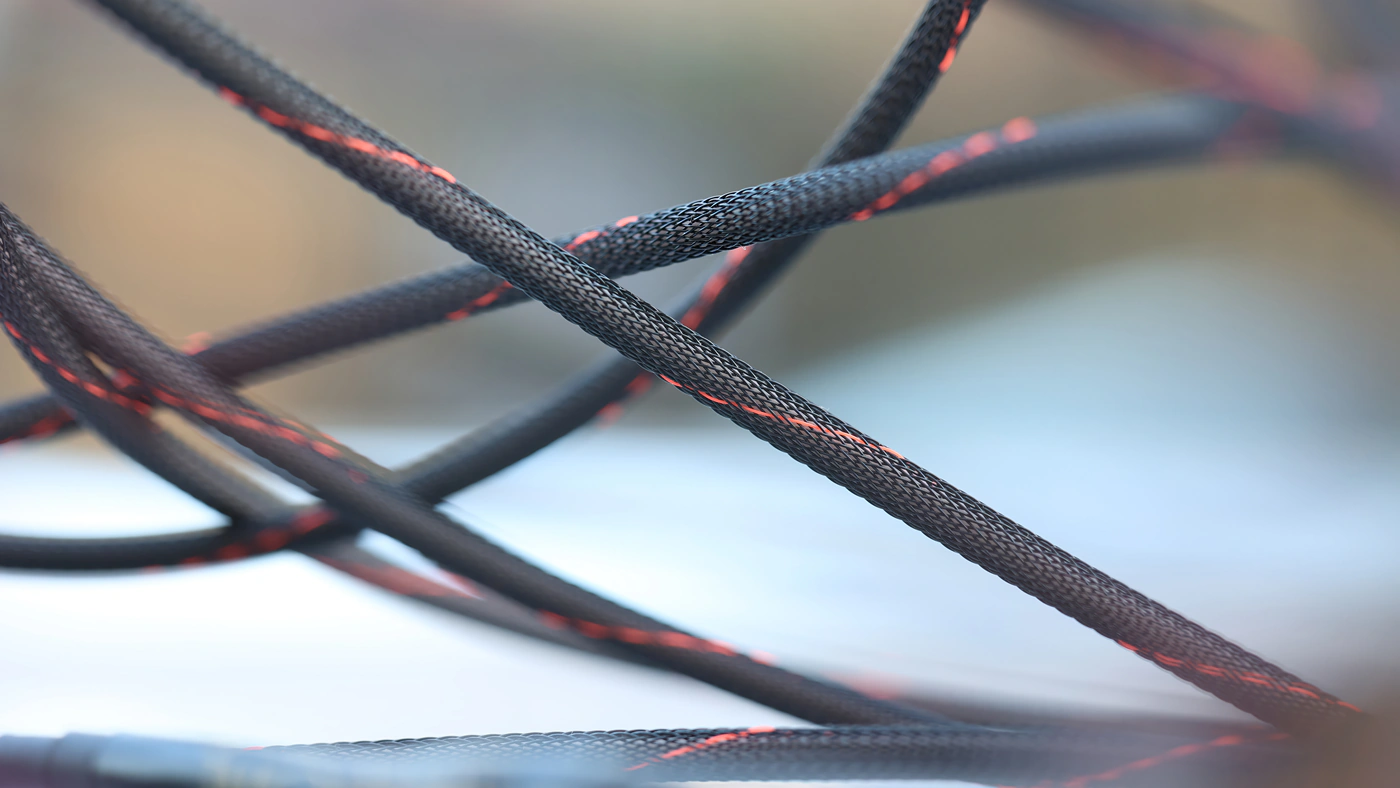
Treble – The top-end of the Studio One has zero grain, but full energy, it is a cable that allows the entire treble and top end to be presented and rendered, it shows you every bit of detail that a song has in store for you, it plays and delivers a satisfying, crisp and detailed sound with zero fatigue, but can be considered bright and airy. There’s a really nice amount of volume and richness even in the treble, but I like the fluid signature that works well for all music styles, presenting energy and air in pop and acoustic styles, but also bite, and cymbal impact in rock and metal. I found that I like when the sound can match the energy, resolution and intended emotion for J-Pop in particular, so it is worth adding that Studio One renders voices like Hime Hina beautifully, but can quickly switch to the aggressive edgy sound of Alesana and Amon Amarth really well, presenting the correct mood and vibe of each artist with zero bias towards either.
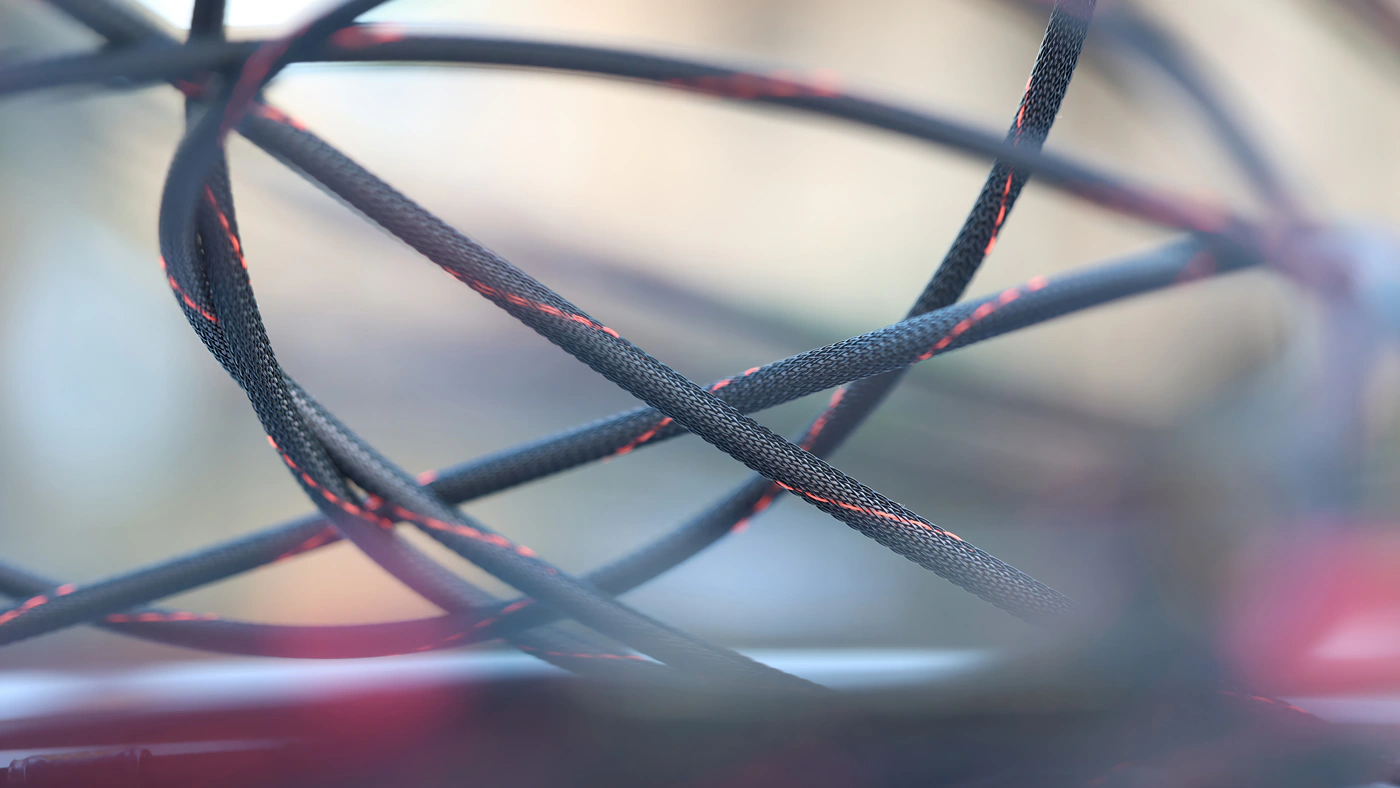
Dynamics – Before I even had the time to write anything or do any of the photos, I quickly listened to the cable, not remembering the price point or anything about it, and even laughing about the thinness of it, and I was immediately shocked that it has the most dynamic sound I heard coming from a cable. It is an instant realization, you don’t need to listen to too much music, you just press play and you know that Studio One delivers the dynamics, energy and impact you’d want from music, it is so revealing and punchy, vivid and colorful, insane really considering that I was expecting it to be somewhat flat, just based on the low mass design. This design will deliver the dynamics and impact you want actually.
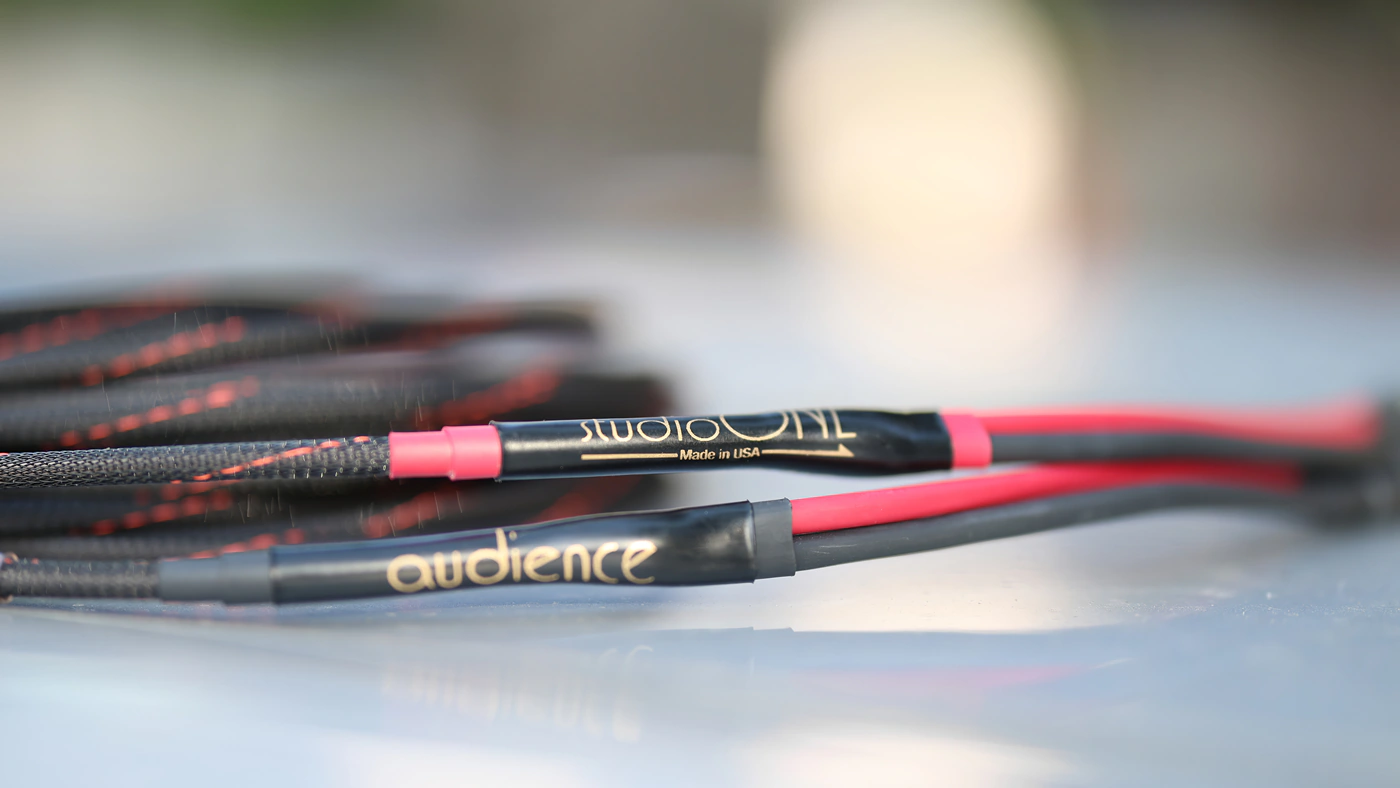
PRaT / Textures – While a lot of cables will affect the textures, I find Studio One to present basically the correct amount of texture and rhythm in music, it won’t dull the textures, but it doesn’t really emphasize them. The grain-free, rich sound is correct and fun, there’s no particular way it tilts the sound and I find this delightful. There is a tendency for Studio One to make music rich and pleasing, but generally it is transparent. I found the sound to be really detailed and clear, with Studio One sounding really transparent and allowing the music to have all the micro details and background bits of information that it can.
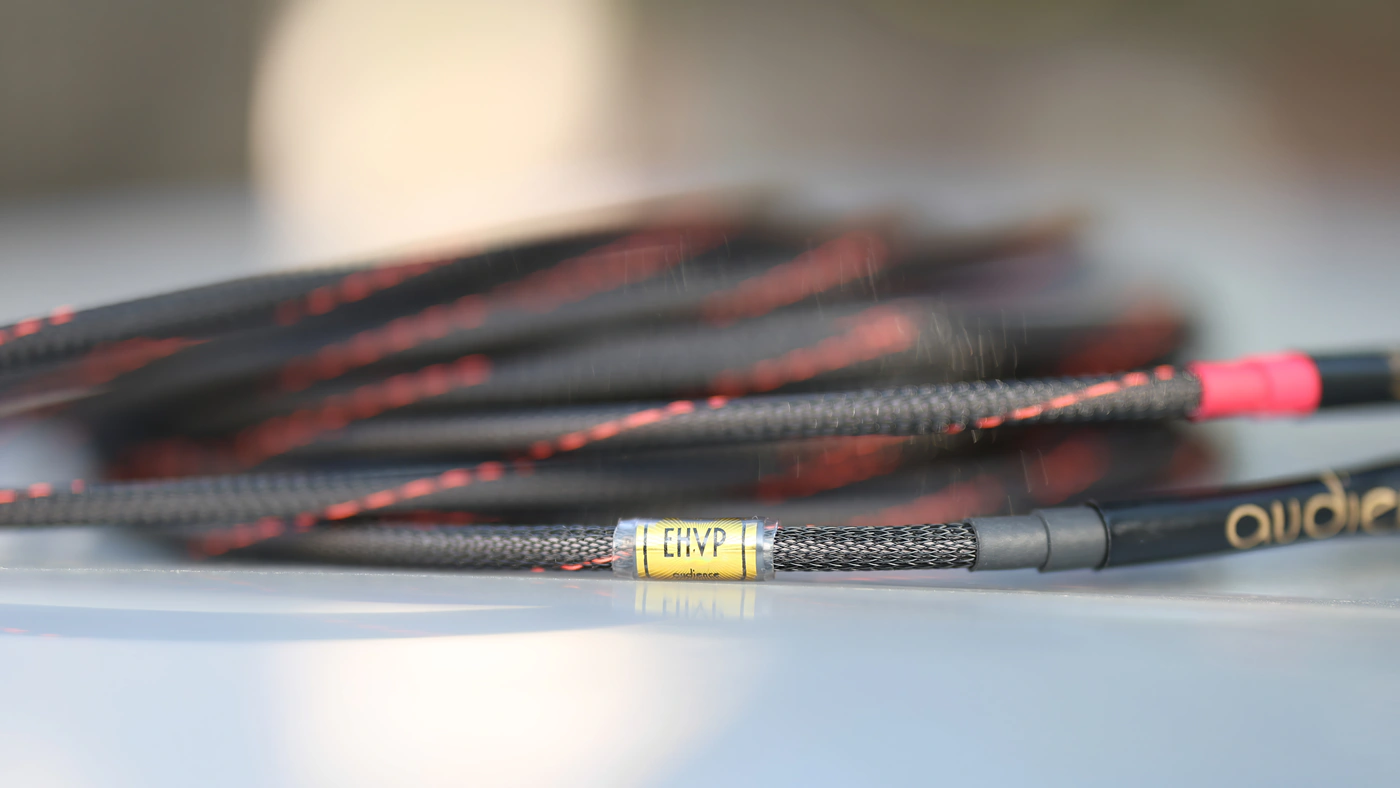
Soundstage – And we find ourselves at the most important part of the review, Studio One seems to render the widest soundstage I could find, and once again, this is quite unexpected, as I also have in the house other qualitative cables, but Studio One in particular delivers a different level of clarity and instrument separation. I find that Studio One widens the soundstage significantly, adds more definition to each layer that the speaker / dac / amp combo is able to reveal and it creates a really wide and holographic image with strong imaging and stereo separation. It is basically the widest I heard to date, and makes music ultra exciting and vivid.
Comparisons
Audience Studio One vs Ricable Invictus Speaker Reference (2899 USD vs 1518 USD) – Although the two cables go for very different working principles, like low vs high mass, and they are both high-end, they will both get the job done when need be. Both are free from Emi and interference, and my cables run right next to my computer with a PSU of 1500 watts, and next to literally over 20 electronic components, including a router, so if there was any EMI or RFI, I would know it. What I noticed is that the sound is very different, both cables sound wide, but Studio One projects music strongly laterally and makes a wider image with a much stronger instrument separation and foreground / background separation, while Invictus speaker reference sounds more tight and yet smoother in the treble.
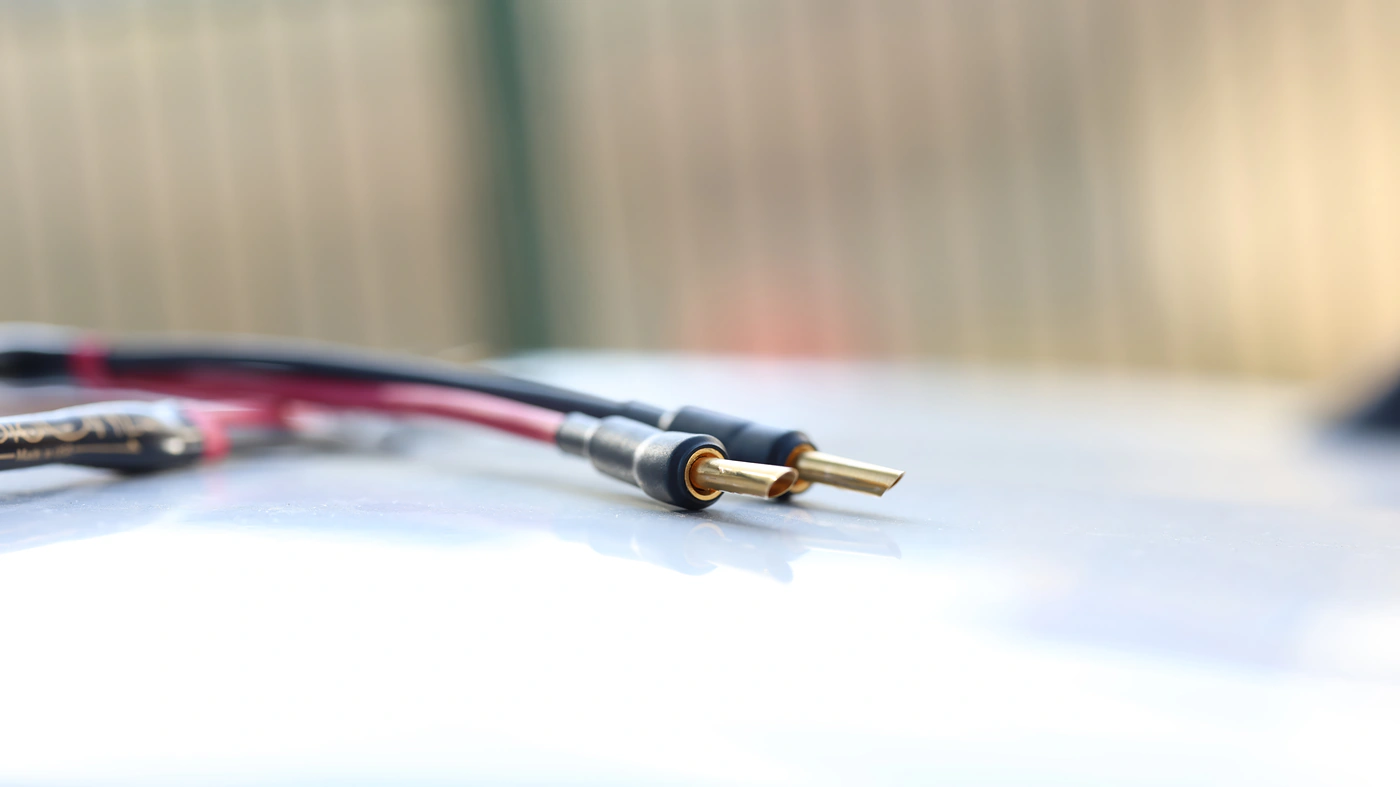
The midrange of the Invictus Speaker reference is a bit more colorful in the female voices, while studio One has a more dynamic, more vivid and punchier sound. Invictus speaker reference sounds smoother in the treble, yet still airy and defined, and bloomier in the bass, with more body and substance to sound. I find both cables to be of an excellent quality, and the bottom line is to get Studio One for the most dynamic, transparent and widest sound, while Invictus Speaker Reference is the one to get for a tighter more intimate sound that emphasizes female voices and can make music more relaxed and fatigue-free in typical italian tuning fashion.
Value and Conclusion
Although the price of the Audience Studio One can be considered steep for a speaker cable, it delivers exactly the performance I would desire from a high-end cable, you are paying quite a bit and as such, I would add the Studio One to a speaker setup that is already in the upper midrange or high-end, but once you have the right speakers, right DAC and best AMP you can get, Studio One reveals the full width of dynamics and punch that your system is capable of.
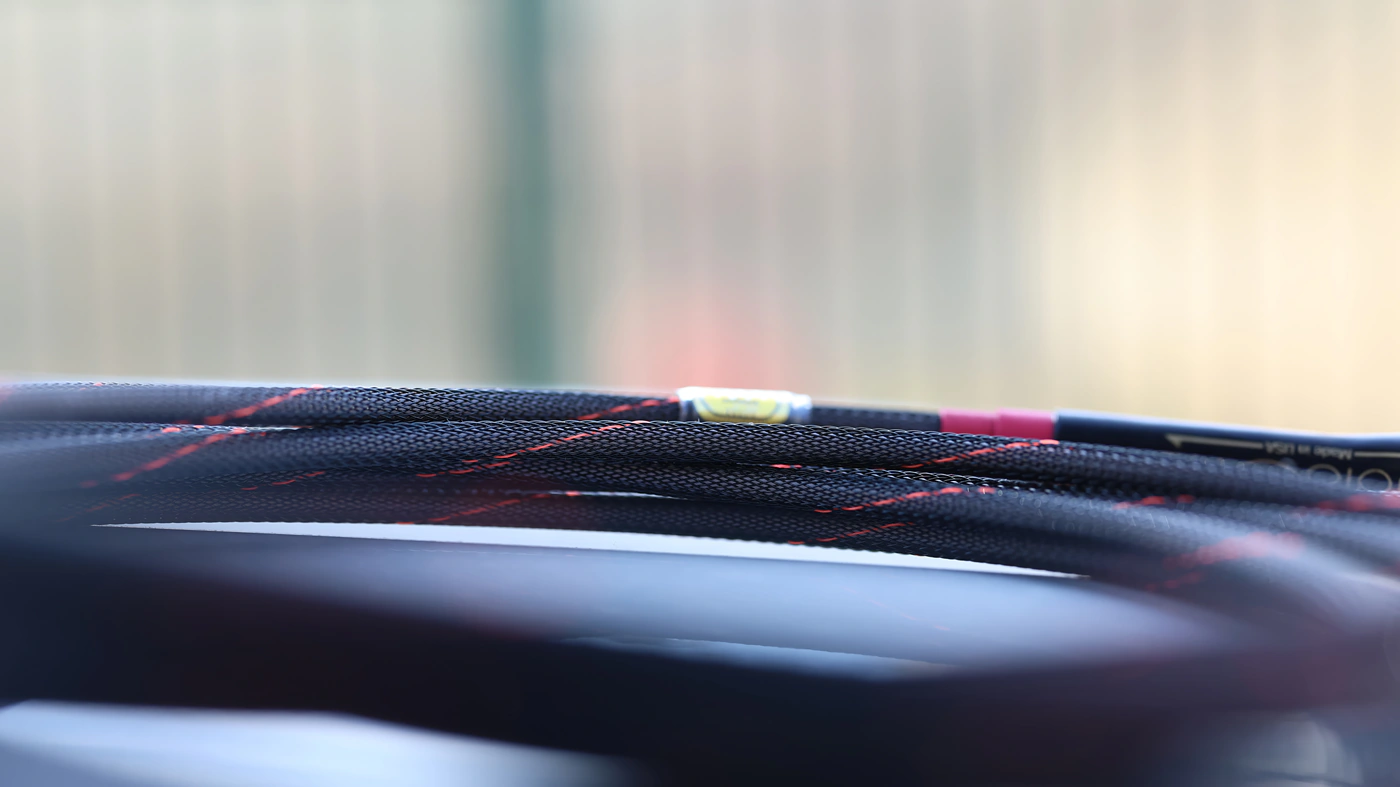
Award – While I am not planning on offering awards to cables in general too easily, and I rarely do, I really enjoy the performance of the Audience Studio One, it brings an evident and obvious improvement to the sound of my favorite speakers, the Pylon Audio Diamond 30 mkii. In fact, the sound is so revealing and crisp, wide and holographic that it gets addictive, so Studio One deserves to be part of the Audiophile-heaven Hall Of Fame.
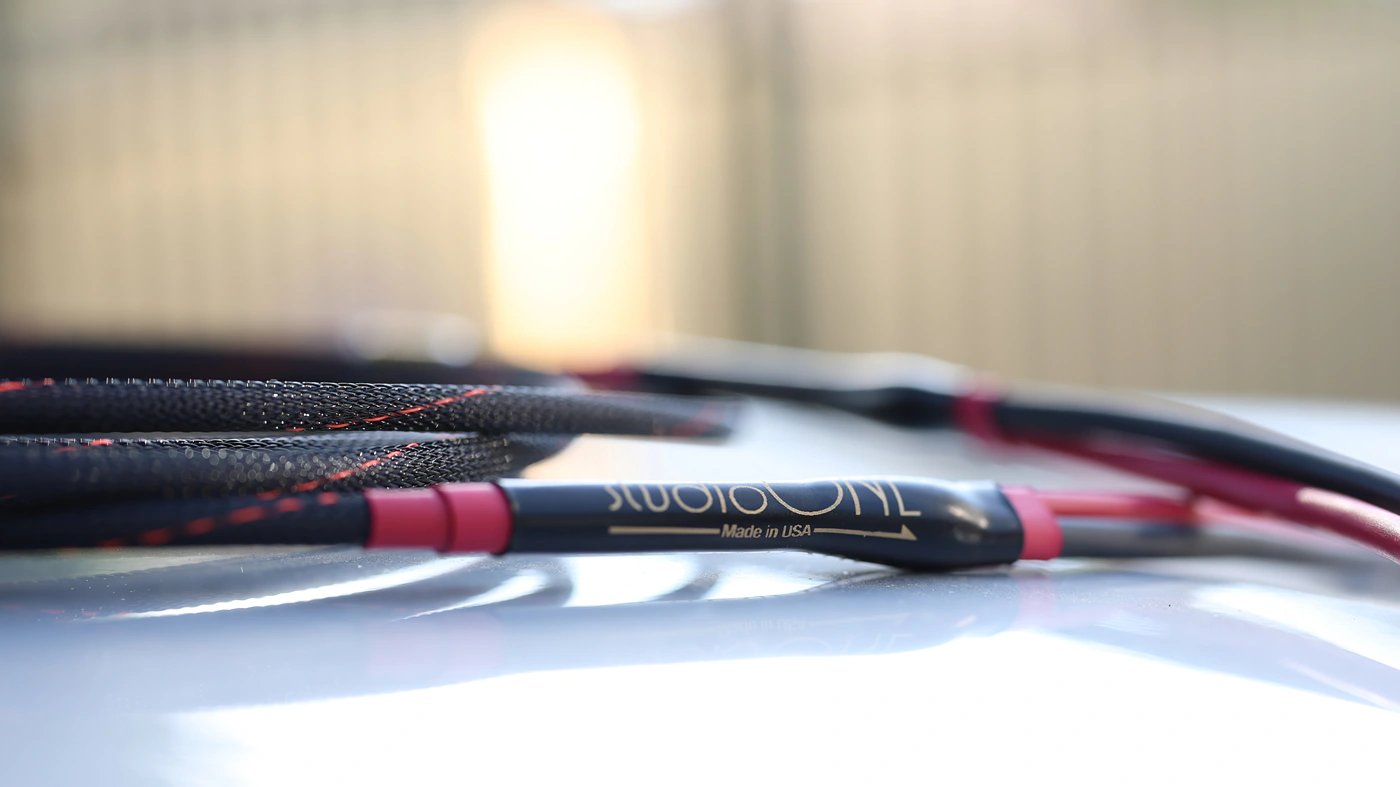
At the end of the day, reviewing high-end cables can be complicated, they can change the sound quite a bit, less than DACs and AMPs, but still enough to justify the purchase and upgrade. I found myself sometimes going for a certain cable only when reviewing and listening for my personal pleasure, the change can be big enough to justify the price, and for the most dynamic, most transparent and revealing cable I have heard, Audience Studio One will deliver the experience you’re looking for.
Product Link
Official Link – https://audience-av.com/cables/studio-one/
--- Please remember to stay safe, and always have fun while listening to music!---
- If you have a dime to spare, please donate, and help us! It would make the day brighter for me and my wife-
Full Playlist used for this review
We listened to more songs than those named in this playlist, but those are excellent for identifying a sonic signature. I recommend trying most of the songs from this playlist, especially if you’re searching for new music! The playlists are different for Spotify, Tidal and Youtube, and based on the songs I enjoy and are available on each!
https://www.youtube.com/playlist?list=PL_cjBXGmwSHSdGcwuc_bKbBDGHL4QvYBu
https://open.spotify.com/playlist/5J3oloz8Riy9LxEGenOjQ0?si=979ba4f082414be7
https://tidal.com/browse/playlist/330fd544-8e5b-4839-bd35-676b2edbb3d5
--- Contact Us ---





